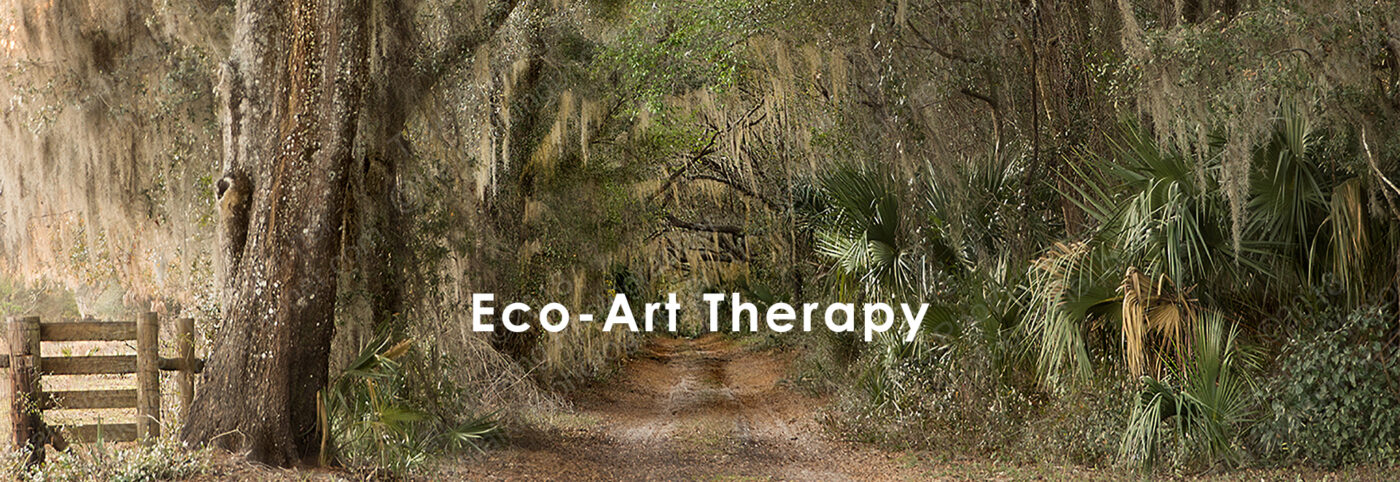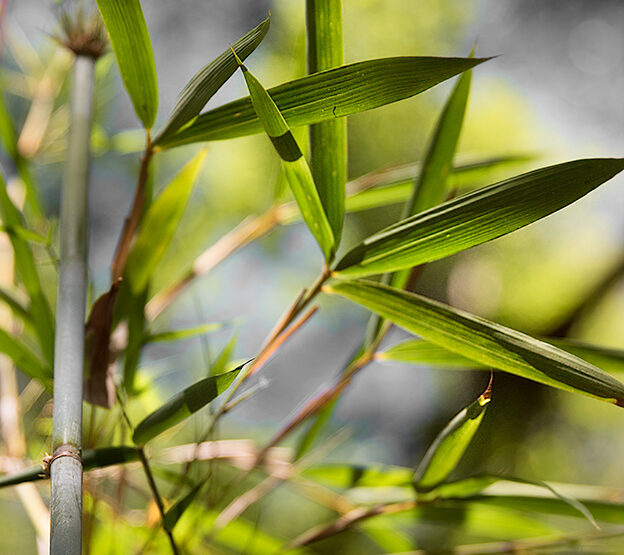During this past year when the stalking was really intense I planted a bamboo farm with almost 15 varieties of bamboo and started a bamboo journal chronicling each bamboo plant. I sketched each plant, painted it, labeled each, and now it is time to chronicle the leaves. I was told by a bamboo specialist that each plant will start to show their personality as they mature. And they are doing that now.
The leaves are changing so rapidly. Even the smallest leaves are now giants. So many shapes, textures, lines, patterns, and colors.
First, I picked some leaves, put them under a magnifying glass to examine their texture, edges, lines, and patterns. It is incredible how much we don’t see when looking at a leaf. Once I finished examining each leaf, I realized that just sketching or painting them would not capture the true nature of each leaf. Thus, I went on an art adventure to find a way to capture every little leaf detail.
Let me share some of the great stuff I found and what I’m going to do this weekend with my bamboo leaves so I can enter them into my bamboo journal.

In the blog, Spark in Nature, this artist used a magnifying glass to study the bamboo leaf and found one side of the leaf was smooth while the other side of the leaf was serrated with sharp edges. Today while picking my bamboo leaves I had one leaf that had a sticky hairy texture that actually stuck to my t-shirt fabric. That’s something I would not be able to illustrate in a journal drawing or painting.

In the blog, Wanderings Leaves Studio, there were five different ways to capture leaves within a nature journal that provided some colorful options and leaf rubbings. I think I found my method – leaf rubbings. Even Instagram has a dedicated section to leaf rubbings.
This weekend I’m going to use the black pigment I made from the charred wood to make leaf rubbings for my bamboo journal. This will capture every vein, line, and pattern while providing a beautiful black and white outline of the leaf. I hope to rub the leaf in the black pigment, lay it onto the journal page, and then use a roller to press the leaf between the pages leaving an imprint of the font and back of the leaf on the journal pages. Then, I spray both with a charcoal setting spray so they won’t smear. I could even place 2-3 leaves on each page in size order, then use calligraphy to label the type of bamboo plant under each leaf.
The next time you take a walk or eat lunch outside, look around you for a unique leaf. Take it inside with you, get a pencil, and make a leaf rubbing of your own to display on your desk or on the refrigerator. Get everyone involved and let everyone add a leaf to the refrigerator. Then, try to name all of the leaves or use the LeafSnap app to do a quick identification. Enjoy this art therapy activity!
Please share this activity and your completed eco-art picture via your social media. Help spread the word about eco-art to everyone. And please reach out to those who are being stalked and may need eco-art therapy to help them deal with their anxiety and stress. Take them on a hike, share time with them doing some eco-art, and bring them an art kit. They will be forever grateful to you
Disclaimer
I am not a therapist, nor do I claim to be trained in eco-art therapy. This blog provides information, research, and a view of applied eco-art therapy or art therapy applied to my personal situation. This is not a substitute for professional counseling services.

